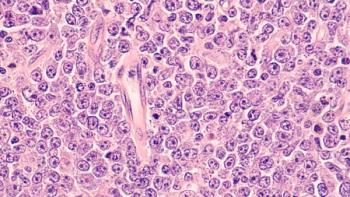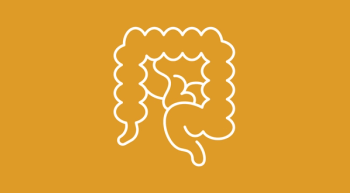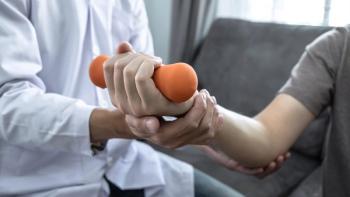
Opinion: Understanding Spoon Theory Is Essential for Oncology Nurses
Spoon theory can help patients with cancer learn to measure and conserve their energy.
Cancer has become a chronic illness for many individuals. Thanks to advances in oncology, the number of long-term survivors is growing. However, this disease often saps patients and, by extension, nurses of their strength.
The spoon theory has been widely used in chronic illnesses such as lupus, but it can also be applied to cancer. The spoon theory is a metaphor: every day we are given a certain number of spoons, (usually 12), which represent our units of energy consumption for the day.1 According to this concept, 1 spoon represents a unit of energy.2 If you use up your allotted number of spoons, you are weakened. If you borrow against the next day’s spoons, you will have less that day. Becoming familiar with this concept is useful to healthcare professionals working in oncology.
Patients with cancer are prone to using up their allotted spoons for the day. This is especially true for those in acute care setting where patients may receive a diagnosis of cancer or are having their disease restaged after surgery. Others may use up their spoons if they are anemic and lack the reserves to function. Also, many times patients are shuttling between visits to interventional radiology for stent or pigtail placement for drainage. They may also be going to CT scans, MRIs and let’s not forget blood draws from their peripherally inserted central catheter or ports. Additionally, to make up for their diminished reserves, patients may receive blood transfusions or electrolyte replacements such as total parenteral nutrition. These procedures wreak havoc with their spoon allotment.
To get spoons or energy back, the patient has to engage in self-care. This can refer to simple pleasures like listening to their favorite music, taking a bath, playing with their dog, or listening to a podcast.2
According to spoon theory, you have to calculate how many spoons you used during the course of the day and you can replenish your spoons if you have taken care of yourself that day. This concept regarding energy conservation and restoration is vital for patients who are in battle against cancer.
Christine Miserandino, a writer and health care speaker, originated spoon theory in 2003 as a result of her experiences living with lupus. According to Miserandino, healthy individuals, or those without chronic illness, wake up each day with an unlimited number of spoons. Spoon theory shows how those living with disease have to be careful about using too many spoons and thinking ahead compared with the general population. The backbone of spoon theory has been used to originate related theories, such as fork theory.3 Although spoon theory is related to internal stressors and resources (disease, fatigue) fork theory shows how external factors, like stress, can affect an individual’s energy levels. Following too many “fork pricks” (external stressors), individuals must take time to rest and recover.
In my opinion, these concepts can also be useful for oncology nurses. Nurses also must learn how to conserve and restore energy levels. How many nurses are on their feet all day or night, putting out fires in acute care situations with unstable patients? Hopefully their shift will be quiet, and they can take a food or meditation break to decompress. Of course, if a nurse is on a very busy unit, they will just go on to the next unstable patient. This is where patient assignment mastery comes into play. Hopefully, the charge nurse will not assign 2 unstable patients to the same nurse because of patient acuity needs. The nurse only has so many spoons and their supply will be depleted by the end of the shift.
Overall, I believe that both spoon theory and the related fork theory are key concepts that surgical oncology nurses and licensed clinical social workers can add to their arsenal of weapons. Understanding these concepts is helping, not only when working with this patient population, but in assessing one’s own levels of energy.
References
- Miserandino C. The spoon theory. But You Don’t Look Sick.com. Accessed August 1, 2022. https://bit.ly/3qkLnd2
- Beise C. How the spoon theory can help us put a fork in poor communication and self-care.Family & Child Therapy. November 7, 2019. Accessed August 1, 2022. https://bit.ly/3TOWYyT
- Peterson AL. The mental illness cutlery drawer: spoons, forks & more. Mental Health at Home. November 24, 2020. Accessed August 1, 2022.
https://bit.ly/3BgPPQn


















































































